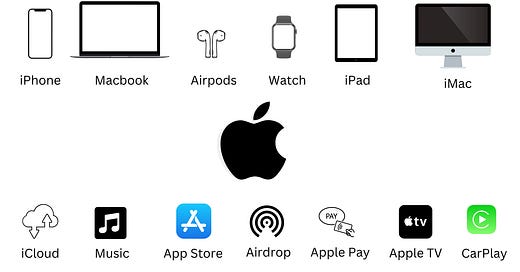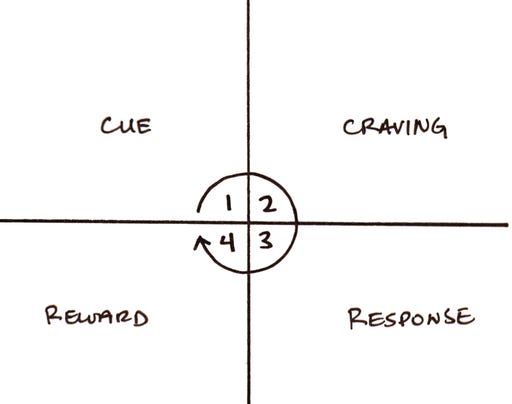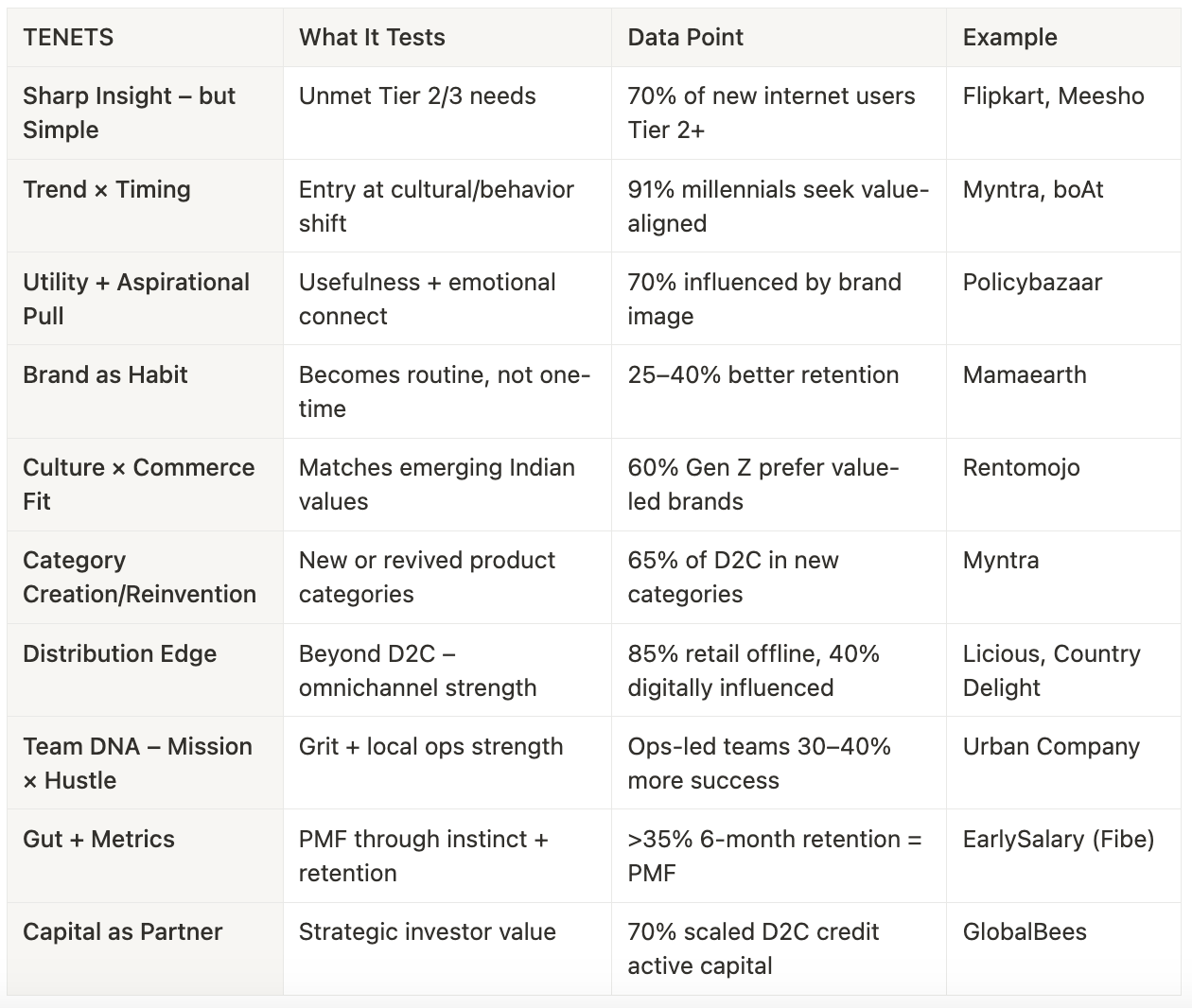Tenets for Consumer Startups Success (Venture Capital lens)
Platforms, Brands, Content — Everything Consumer
1. Sharp Consumer Insight — but simple
What it means: Spotting unaddressed consumer needs across real India — Tier 1 towns QComm middle to upper-income families, or overlooked behaviors.
Example: Flipkart – Recognized TRUST and logistics gaps when doing initial / first orders or products online; introduced COD in India, tailored for first-time e-commerce users in 2010s.
Meesho – Built a platform enabling small-town entrepreneurs, especially women, to earn via social commerce, truly built for Bharat.
Simple yet crisp Insight: People are ready to pay for convenience
Proof: CAGR of 46%
Where would this insight work:
Data Point: 70% of India’s new internet users are from Tier 2+ cities (BCG, IAMAI)
Future Trend:
By 2026, over 400M online shoppers will come from Tier 2+ India (Bain & Co., 2023). AI-powered vernacular interfaces and voice commerce will dominate onboarding.
Implication: Startups must invest early in localization, trust-building layers, and intuitive UI/UX tailored to digital novices.
2. Trend × Timing – Cultural Shifts Meet Readiness
What it means: Is the startup riding a macro cultural or behavioral wave at the right moment?
Example: . boAt – Rode the early wave of audio content, fitness lifestyle, and youth expression at a value-driven price point.
Secret sauce: Delivering premium features and trendy designs at prices that don't break the bank, making high-quality audio accessible to India's price-conscious youth market.
Fits with the fair-value proposition
Myntra – Entered early when fashion discovery and digital expression were rising with smartphone penetration
Data Point: 91% of Indian millennials are open to brands that align with their values (Accenture)
Future Trend:
India’s Gen Z will constitute 40% of the consumer base by 2030, seeking brand alignment with identity, not just price (Deloitte).
Implication: Founders must tune into emotional timing — launching when a trend is nascent, not obvious. Build for what the user is becoming.
E.g.: Attention spans are getting shorter, content is being consumer in fast-forward fashion - people want to only pay for what they get and not by default for all content say on OTT platforms (micro-transactions are picking up)
3. Utility + Aspirational Pull = Brand Stickiness
What it means: Functional value and emotional pride drive repeat behavior.
Utility + Aspirational Pull = Brand Power Fulfills need + Feels good to own/show/use = Sticky, scalable brand
What better example:
Data Point: 70% of Indian consumers say brand image influences purchase (Nielsen report)
Example:
Mamaearth – Provided cleaner, toxin-free products (utility) with strong brand narratives of care and conscious choices (aspiration) for mothers where no brand had earlier positioned.
Future Trend:
India’s middle-class will double to ~600M by 2031 (World Economic Forum), seeking value + style in every category from finance to personal care.
Implication: Even utility-first products must communicate aspiration, empowerment or identity to build long-term recall.
4. Brand as Verb / Habit, Not Just One-Time Product
What it means: Does the brand integrate into routines, rituals, or self-image?
What repeated action or need in the consumer’s life can my brand consistently solve — with minimal effort and maximum emotional payoff?
The Hook Model (for tech products)
For Brands: it is becoming the first recall when thinking about a category
D2C brands have multiple touch points and can trigger the hook-loop as below:
Example: Lenskart – Made eyewear cool, and has become the first brand people think of when thinking eyewear. FirstCry – Synonymous for infant / kids needs, ask a new parent they’ll tell you.
Data Point: Habitual-use products show 25–40% higher retention (Bain)
Market Share - Lenkskart
Future Trend:
Subscriptions, routines, and recurring services in health, food, finance will rise with India’s growing time-poor lifestyle (Redseer, 2024).
Implication: Build products with built-in frequency and contextual nudges to become daily-use default.
5. Culture × Commerce Fit
What it means: Is the brand resonant with emerging Indian values — pride, progress, self-care, inclusion?
Example:
Rentomojo – Made aspirational & migratory living affordable for young professionals, aligning with flexibility and progress through furniture as a category.
Data Point: 60% of Gen Z prefer value-aligned brands (Kantar ICUBE)
Future Trend:
Regional pride, desi design, gender inclusivity, and social causes will shape brand affinity for Gen Alpha and Gen Z (YouGov, 2025).
Implication: Brands must signal values (not just utility) and reflect new identity codes through design, tone, and community.
An upcoming brand that exemplified this :
6. Category Creation or Reinvention
What it means: Defining a new consumer category or modernizing a legacy one with tech and trust.
Data Point: 65% of D2C brands in India operate in new or reinvented categories (Inc42/Shiprocket)
Example:
Myntra – Made fashion discovery simpler clubbed with style curation, especially when apparel, especially fashion was largely offline in nature - led by creating awareness and presence through various channels.
Future Trend:
Tech-driven reinvention of categories like mental health, senior care, alt-protein and spirituality will drive category fluidity (McKinsey India, 2024).
Implication: Be ready to educate the market and build trust when existing solutions are missing or broken.
7. Distribution Edge – Beyond D2C Myopia
What it means: India requires omnichannel scaling: online + retail + community commerce.
Example:
Licious – Combined strong digital D2C with hyperlocal supply chains and cold-chain retail infrastructure. Country Delight – Made consumer think what they are consuming daily as staples should be best possible product and other exiting products were sub-par - mass-premium pricing and far better quality and solved for supply-chain of their own.
Country Delight by cracking product & distribution even with incumbents in their category
Data Point: 85% of India’s retail is still offline; digital influences 40%+ of purchases (Bain)
Future Trend:
Community-led commerce, vernacular creator networks, and retail-tech will reshape brand discovery. 50%+ of online commerce will originate from social platforms by 2026 (Redseer).
Implication: Founders must engineer distribution into product, tapping trust networks and non-linear sales channels.
E.g. of engineering distribution : Leveraging morning milkman supply-chains
8. Team DNA – Mission × Hustle × Grit
What it means: Can the team execute for Indian complexity — like price sensitivity, trust deficit, fragmented supply etc. ?
Example:
Urban Company
Now having its centers in 22 cities across India, Singapore, UAE and Australia and Singapore, Urban Company boasts of 30,000+ service partners and more than 10,000 beauticians. Services first company have incedibly hard-execution and scaling them needs some exceptional founders.
Data Point: Ops-led founders perform better in early stages.
Future Trend:
Founding teams with cross-functional speed + cultural fluency will dominate as India moves from product-first to distribution-first ecosystems. .
Implication: Prioritize teams that combine execution range and obsession with customer truth.
E.g. I personally know BatterySmart founders to be relentless executors (although not in B2C segment), growth in last 4 years has been tremendous
9. Gut + Metrics – Blend Instinct with Retention Data
What it means: Early PMF shows in love, not just revenue: repeat, NPS, referrals.
Data Point: >35% 6-month cohort retention = PMF signal (Redseer)
Example:
EarlySalary (Fibe) – Embedded itself in financial routines of aspirational Indians with strong repeat usage.
E.g. EarlySalary (Fibe) AUM numbers and growth
Future Trend:
As CACs rise, brands with earned growth — driven by referrals, repeat, and word-of-mouth — will outperform (Bain, 2024).
Implication: Watch for organic love signals early: waitlists, evangelists, unpaid UGC before you chase GMV.
10. Capital as Partner, Not Just Money
What it means: Investors must help with GTM, talent, strategy — not just capital deployment.
Data Point: 70% of scaled D2C brands in India cite strategic investor support as crucial (Avendus)
Example: GlobalBees – Scaled brand aggregation with ops experience across FMCG and marketplaces and investors even helped them identify and evaluate the best brands for acquisition.
Future Trend:
Founders will increasingly demand full-stack capital: GTM playbooks, access networks, hiring, follow-on strategy (Tracxn, 2025).
Implication: The best founders choose partner capital — VCs who compound value beyond the cheque.
Examples Globally :
Andreessen Horowitz’s Talent Network
Andreessen Horowitz provides access to its extensive talent network, helping portfolio companies recruit top executives and engineers. This support has been instrumental in scaling companies like Airbnb and Slack.
20VC: Media + VC
Summary Table
I’m always open to chat if you are a startup founder & building something that aligns with these tenets.


























